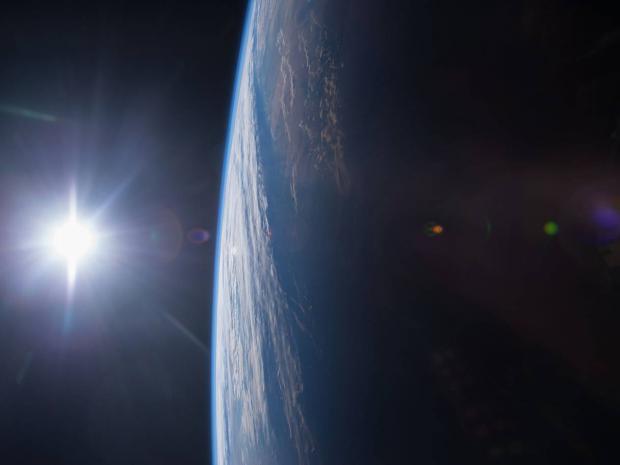
Breaking News
 Silver up over $2.26... Today! $71.24 (and Gold close to $4500)
Silver up over $2.26... Today! $71.24 (and Gold close to $4500)
 GARLAND FAVORITO: More and more fraud from the 2020 election in Fulton County, Georgia...
GARLAND FAVORITO: More and more fraud from the 2020 election in Fulton County, Georgia...
 Rep. Matt Gaetz tells Tucker Carlson that agents of the Israeli govt tried to blackmail his...
Rep. Matt Gaetz tells Tucker Carlson that agents of the Israeli govt tried to blackmail his...
 Trump: We need Greenland for national security… you have Russian and Chinese ships all over...
Trump: We need Greenland for national security… you have Russian and Chinese ships all over...
Top Tech News
 Perfect Aircrete, Kitchen Ingredients.
Perfect Aircrete, Kitchen Ingredients.
 Futuristic pixel-raising display lets you feel what's onscreen
Futuristic pixel-raising display lets you feel what's onscreen
 Cutting-Edge Facility Generates Pure Water and Hydrogen Fuel from Seawater for Mere Pennies
Cutting-Edge Facility Generates Pure Water and Hydrogen Fuel from Seawater for Mere Pennies
 This tiny dev board is packed with features for ambitious makers
This tiny dev board is packed with features for ambitious makers
 Scientists Discover Gel to Regrow Tooth Enamel
Scientists Discover Gel to Regrow Tooth Enamel
 Vitamin C and Dandelion Root Killing Cancer Cells -- as Former CDC Director Calls for COVID-19...
Vitamin C and Dandelion Root Killing Cancer Cells -- as Former CDC Director Calls for COVID-19...
 Galactic Brain: US firm plans space-based data centers, power grid to challenge China
Galactic Brain: US firm plans space-based data centers, power grid to challenge China
 A microbial cleanup for glyphosate just earned a patent. Here's why that matters
A microbial cleanup for glyphosate just earned a patent. Here's why that matters
 Japan Breaks Internet Speed Record with 5 Million Times Faster Data Transfer
Japan Breaks Internet Speed Record with 5 Million Times Faster Data Transfer
Japanese spacecraft drops robot onto asteroid to hunt for the origin of the solar system

A robot has been successfully dropped onto an asteroid millions of miles from Earth – and will now hunt for the origin of the solar system.
The German-French device known as MASCOT landed on an asteroid called Ryugu when it was dropped by a Japanese spacecraft. The spacecraft has been floating around the asteroid in recent days, and already dropped two devices to explore its surface – which sent back stunning photo and videos of the world.
The robot had live tweeted its own descent to the asteroid. "I'm doing it! I'm descending to Ryugu! Can't stop me now!" its engineers posted on an account devoted to MASCOT.
It then posted to say it had landed successfully. "And then I found myself in a place like no place on Earth. A land full of wonder, mystery and danger! I landed on asteroid Ryugu!"
It will now spend its time measuring and taking pictures of the surface. It has already successfully collected some 20 images, which are stored on the mothership known as Hayabusa2 ready to be looked at scientists.
The spacecraft went as close as about 50 meters to the asteroid's surface to release the box-shaped lander.
Hayabusa2 has been stationed near the asteroid since June after travelling 170 million miles from Earth. After its mission is finished, it will fly all that way back again.

 Advanced Propulsion Resources Part 1 of 2
Advanced Propulsion Resources Part 1 of 2

